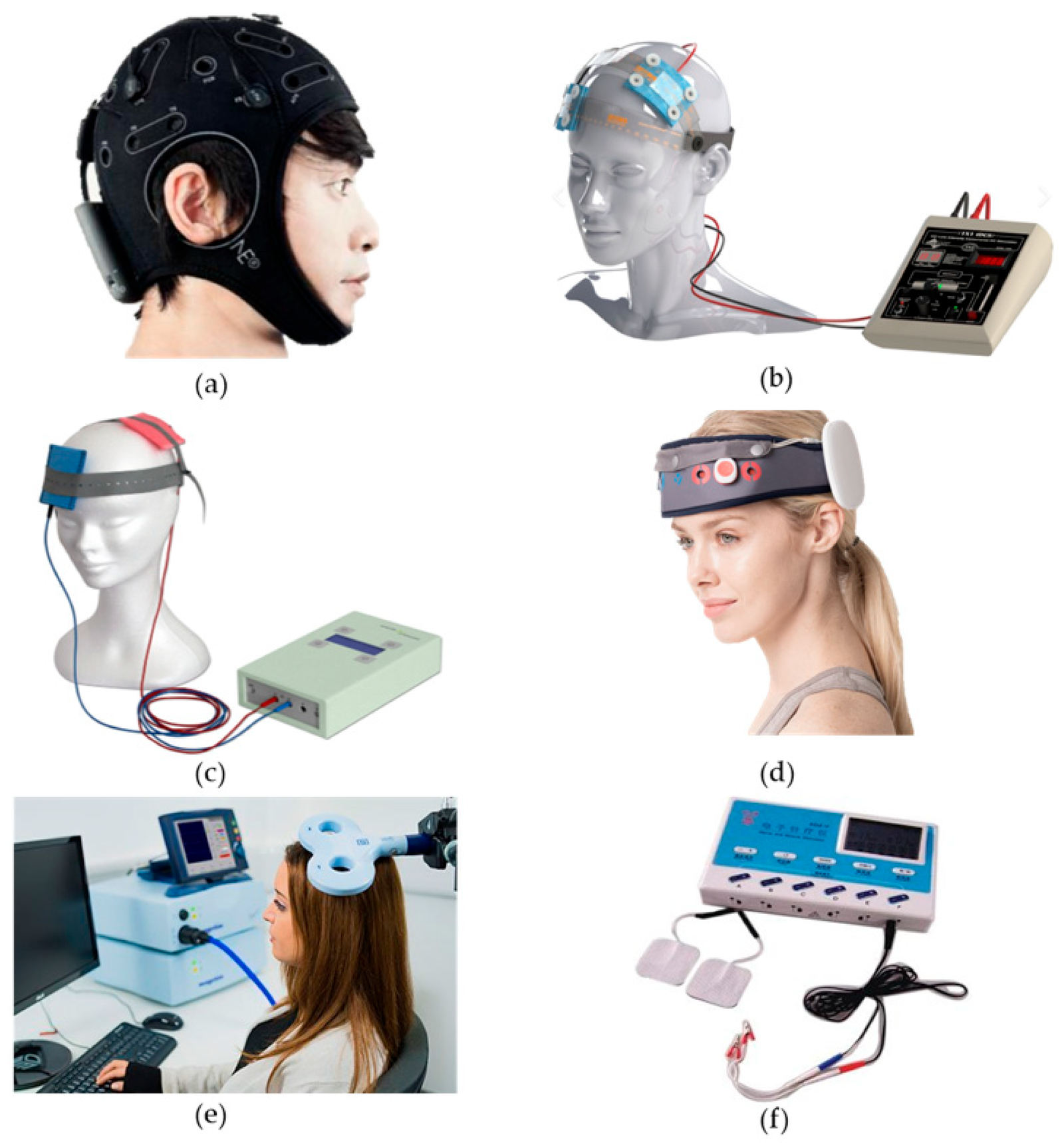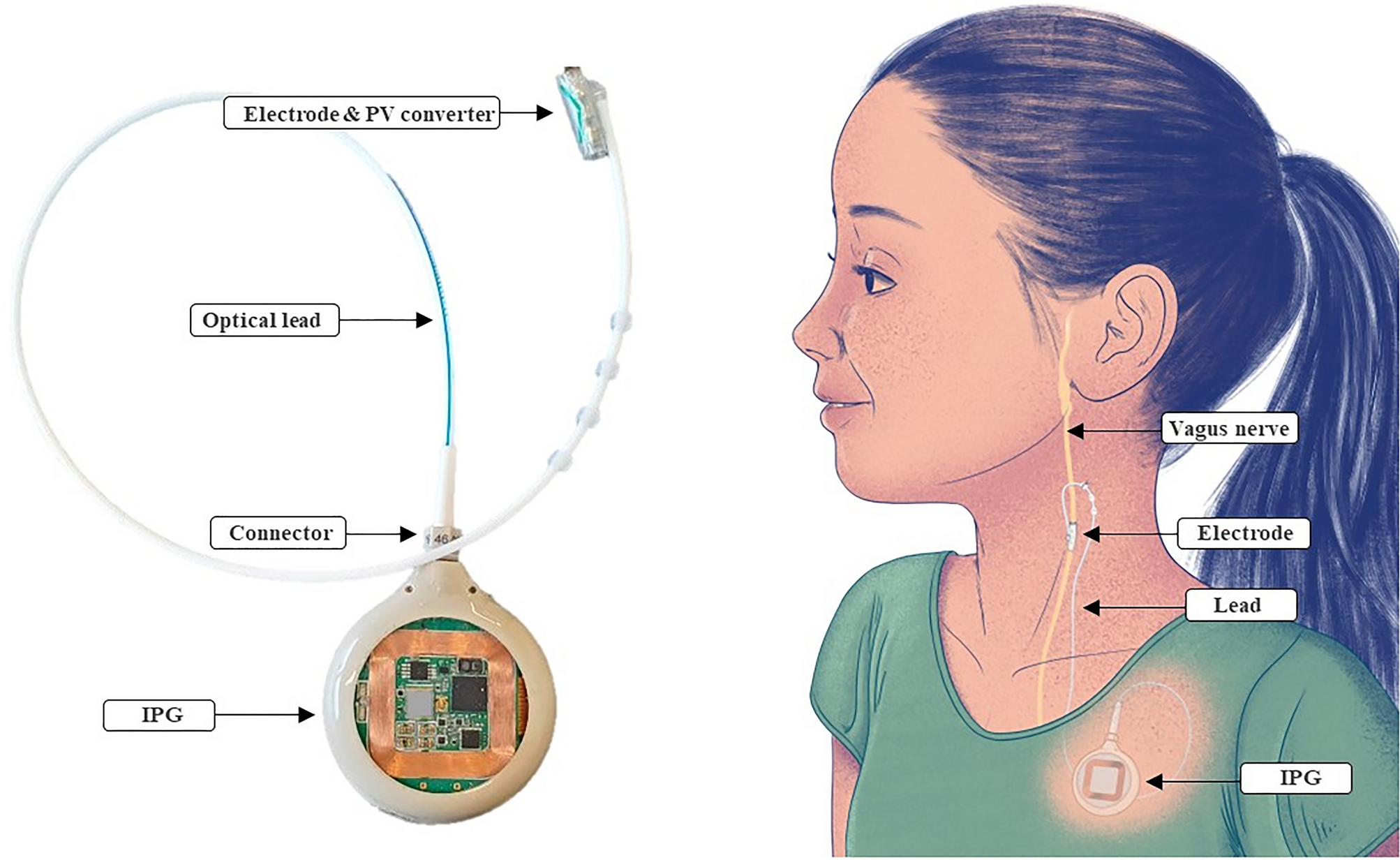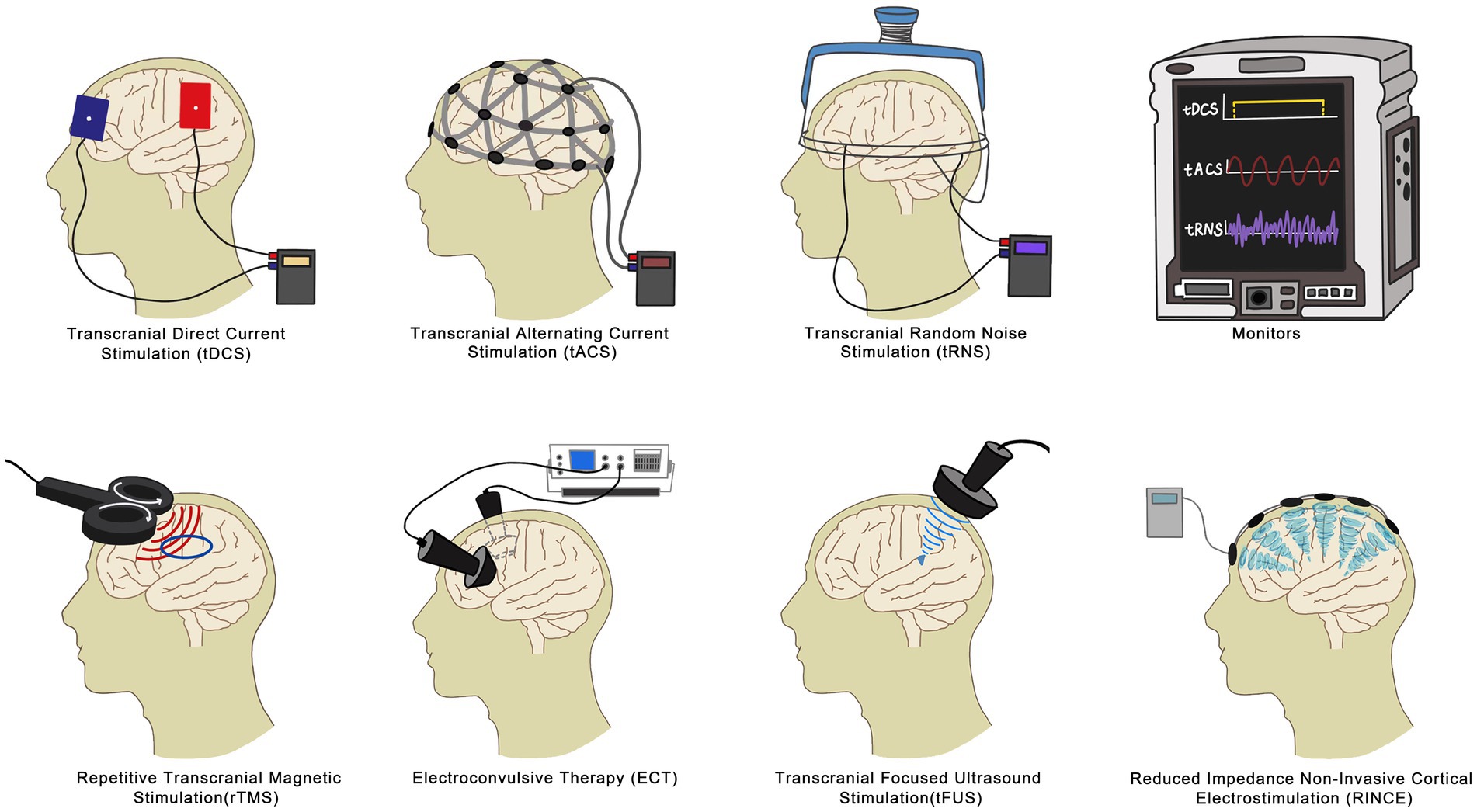Non-Invasive Neurostim Accessories: Essential Tools for Safe Brain Stimulation
If you’ve already taken the plunge into the world of non-invasive neurostimulation—whether it’s for better sleep, stress reduction, or cognitive focus—then you know the device is only part of the story. To truly get the most out of any tDCS, CES, or vagus nerve stimulator, you need to pair it with the right accessories. From precision-fit electrodes to MRI-safe headgear, these components aren’t just “extras”—they’re the key to consistent results and safe use.
NeuroTechInsider.com is your go-to hub for in-depth reviews and expert comparisons of the most advanced non-invasive sleep and neurostimulation devices on the market. In this article, we’re diving deep into the world of neurostim accessories—what they do, why they matter, and how to choose the best ones for your brain wellness journey.
Introduction to Non-Invasive Neurostimulation
Non-invasive neurostimulation refers to techniques like tDCS (transcranial direct current stimulation), tACS (alternating current), CES (cranial electrotherapy stimulation), and AVE (audio-visual entrainment) that stimulate the brain without surgery or implants. They’re increasingly used for everything from anxiety relief to ADHD, insomnia, depression, and chronic pain.
However, for these devices to deliver consistent, targeted stimulation, you need specialized components that ensure proper skin contact, minimize impedance, and enhance user comfort. That’s where accessories step in.
Think of accessories as the steering wheel of your neurostim setup—without them, you’re just a car with no control.
Key Categories of Neurostim Accessories
Let’s break down the most essential neurostim accessories you should know about:
1. Electrodes
This is where the magic happens—literally. Electrodes are the contact points that deliver current from your device to your scalp or earlobes. There are a few key types worth knowing:
- High-Definition (HD) Electrodes: Designed for pinpoint precision in tDCS and tES systems. These often use sintered ring designs for a snug fit and even current distribution. They’re reusable and compatible with EEG caps, making them ideal for research-grade setups.

- Hydrogel Electrodes: These flexible, single-use pads are perfect for auricular vagus nerve stimulation. They offer comfort and cleanliness, especially for short sessions.
- Self-Directing Pads: Patented stainless-steel pads—like those from InterX—actively search for optimal skin impedance. They’re reusable, hygienic, and ideal for pain management therapies.

2. Electrode Holders and Headgear
Unless you’re a fan of duct tape (spoiler: don’t be), you’ll need electrode holders or headgear to keep everything in place.
- HD-Caps: These are fitted caps that hold electrodes at standardized positions (like 10-20 EEG sites). They come in multiple sizes for pediatric or adult use and ensure reproducibility in research or therapy.
- Elastic Straps: If you’re using a more casual at-home stim setup, elastic bands can secure electrodes during a session. They’re affordable and flexible, literally.
- MRI-Compatible Headgear: Planning on doing simultaneous fMRI with neurostimulation? You’ll need gear that’s been precision-modeled from MRI scans for individual skull shapes.

3. Gels and Conductive Materials
Every great electrical connection starts with a conductive medium. Here’s what to look for:
- HD-Gel: This isn’t your drugstore aloe vera. It’s a special gel designed to reduce impedance and improve signal transmission between electrode and skin.
- Saline Sprayed Sponges: Commonly used in ear stimulation setups, these are ideal for short, focused sessions. Just spray and apply.
4. Cables, Adapters, and Connectors
Ever bought a new gadget only to realize none of your old chargers work with it? That’s what happens when your cables don’t match your neurostim accessories.
- Connecting Cables: These include banana plug to DIN, mini-banana to pin types, etc. Make sure they’re shielded to prevent signal interference.
- Adapter Cables: Vital for researchers or clinicians using hybrid systems (e.g., mixing EEG with tDCS).
5. Positioning and Comfort Accessories
Long sessions can lead to discomfort, and poor positioning means poor results. Some accessories are all about the user’s physical experience:
- Head Cushions: Great for combined EEG or MRI sessions where subjects must remain still.
- Travel and Storage Cases: Not just for portability—these cases are often lined to protect sensitive components.

Next Up: Advanced Attachments, Software Interfaces & Top Providers
In the second half of this guide, we’ll walk you through:
- Specialized stimulation accessories like Flex Pads and MRI kits
- MATLAB-based triggering systems for precision timing
- Break-out boxes and hybrid setups for EEG + stimulation
- And we’ll name-drop the best vendors in the business (hint: Soterix, InterX, Brainbox.Shop, and more)
Stick with us at NeuroTechInsider.com as we decode the tech transforming sleep, stress, and brain health—no pills, no BS—just data-driven gear, tested and reviewed.
6. Specialized Attachments for Advanced Use Cases
Beyond the basics, there’s a new generation of accessories engineered for precision stimulation, multimodal setups, and tough clinical environments.
- Flex Array Pads: Designed for targeted stimulation of localized body regions like the face, spine, and nerve clusters. These are particularly helpful in pain management or neuromuscular re-education setups.
- MRI/fMRI Kits: These come equipped with RF shielding filters and materials specifically rated for imaging rooms. For any lab combining real-time neurofeedback with imaging, this is a must.
- Reusable and Hygienic Materials: Most of these kits prioritize washable or sterilizable surfaces—important for research and clinical environments.
Pro tip: If you’re conducting home experiments with DIY setups, avoid using untested attachments. Safety comes first when dealing with electrical brain stimulation.
7. Interfaces and Software for Enhanced Integration
It’s 2025—your neurostim system better be smarter than a TENS unit from 2001. That’s why interface tools matter more than ever, especially if you’re syncing your device with EEG, EMG, or eye-tracking systems.
- Triggering Interfaces: Typically MATLAB- or Python-based interfaces that control the timing and waveform delivery in coordination with external sensors.
- Break-Out Boxes: If you’re running multi-channel experiments or combining multiple devices (say, tDCS + ERP), breakout boxes help manage wiring and avoid signal crosstalk.
- Software SDKs: Some high-end brands offer SDKs to allow customized stimulation sequences or automated protocols.
Explore our software integration guide for more on syncing CES or tDCS devices with other cognitive tools.
Sample Accessory Kits and Their Use Cases
So what does a real-world neurostim accessory setup look like? Here’s a quick table based on typical scenarios:
| Accessory Type | Use Case | Notable Features |
|---|---|---|
| HD Electrodes | Research-grade tDCS or tES | Reusable, low impedance, EEG-compatible |
| Hydrogel Pads | Vagus nerve or auricular CES | Single-use, high comfort, safe for skin |
| Flex Pads | Facial pain management | Flexible, reusable, hygienic |
| MRI Kits | Simultaneous imaging + stimulation | RF shielding, MRI-rated materials |
| Break-Out Boxes | Multi-device labs | Custom wiring, signal separation |
Top Providers in the Market
If you’re building your setup or looking to upgrade, here are the leading names in the non-invasive neurostim accessories market:
Soterix Medical
Industry leader in high-definition tDCS/tES. Their accessory kits are standardized for clinical trials and fMRI use. Expect top-tier quality and research support.
Visit SoterixMedical.com
InterX Technologies
Specializes in pain therapy through smart, self-regulating stainless steel pads. Ideal for non-invasive nerve stimulation in athletic recovery and chronic pain.
Visit InterX.com
Brainbox Neuro
Great for academic labs or neuro-hackers. Brainbox offers everything from EEG caps to hybrid stimulation kits for ERP and neurofeedback.
Visit Brainbox-Neuro.com
Keytec
Underrated but efficient. Their plug adapters, travel kits, and compact electrode sets are reliable and budget-friendly.
Shop Keytec at Fisaude
Conclusion: Equip Your Brain Tech with the Right Tools
Accessories aren’t just add-ons. They’re precision tools that can make or break your brain training or therapy results. Whether you’re using a consumer-grade device like NeuroVIZR, Sensate, or running full-on lab experiments with HD-tDCS, the choice of electrodes, caps, cables, and conductive materials dramatically affects:
- Stimulation accuracy and consistency
- User safety and comfort
- Device compatibility and data fidelity
At NeuroTechInsider.com, we test and review these accessories hands-on—so you don’t have to waste money on gear that underdelivers. We focus on real-world performance, safety, science, and value—because your brain deserves better than guesswork.
FAQs
❓ Can I use any electrode with any neurostimulator?
No. Always match your electrodes and cables with your specific brand and model. Using incompatible parts can reduce performance or even cause harm.
❓ Are HD electrodes worth it for home users?
If you’re aiming for high-precision cognitive enhancement or clinical-level consistency—yes. Otherwise, standard gel pads may suffice for casual use.
❓ How do I clean and store my neurostim accessories?
Reusable components like caps and Flex Pads should be cleaned with alcohol-free wipes and stored in dry, foam-lined containers to avoid damage.
❓ What’s the safest way to start with neurostim accessories?
Start simple. Use the standard pads and caps recommended by your device manufacturer, then experiment with pro accessories once you’ve built experience and confidence.
Need help choosing your first neurostim kit or accessory setup? Contact our team or dive into our Buying Guides to find the best tools for better sleep, sharper focus, and lasting neuro-wellness.
https://pub.mdpi-res.com/brainsci/brainsci-14-00354/article_deploy/html/images/brainsci-14-00354-g001.png?1711974448




